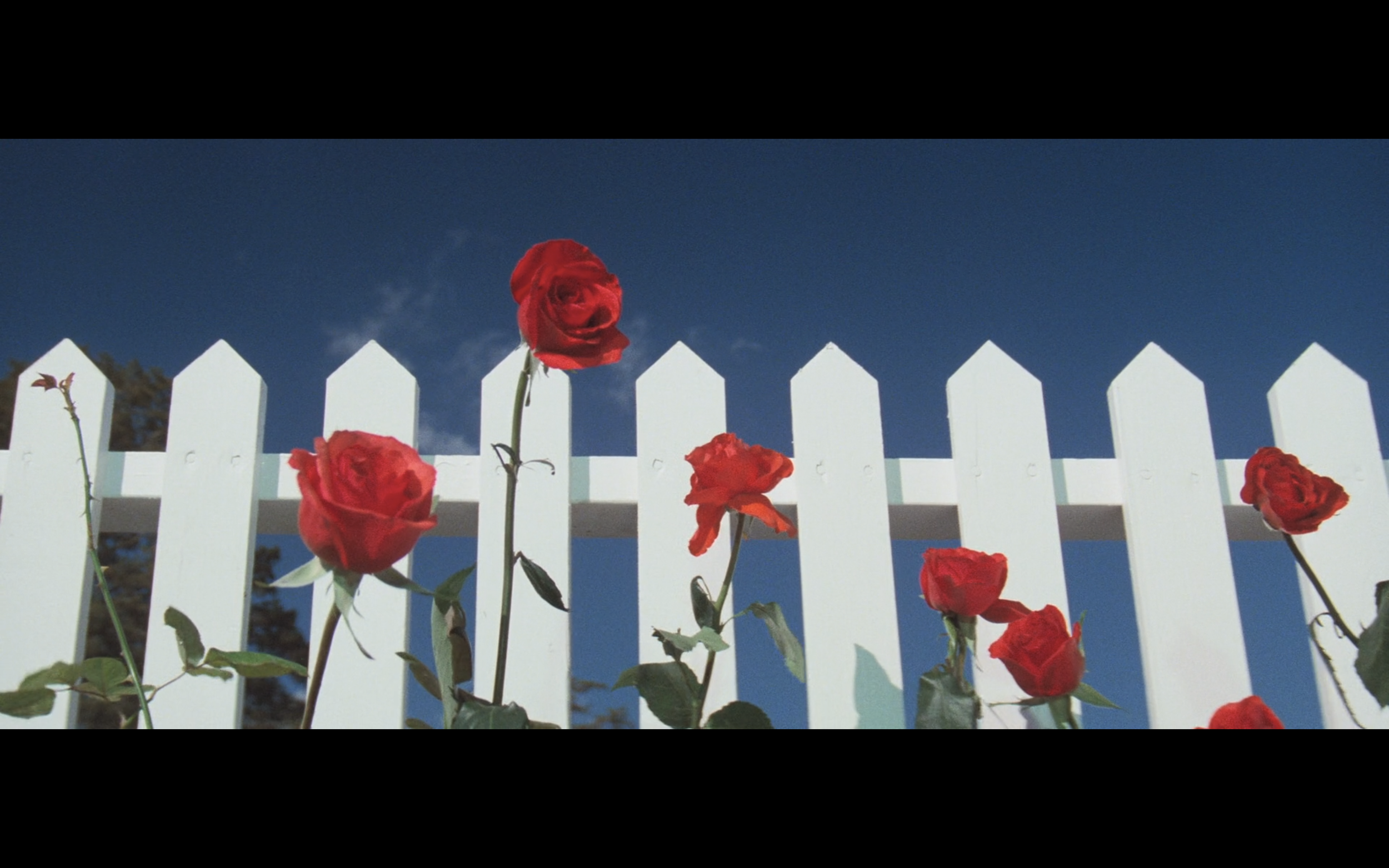Blue velvet (1986)
My fascination with David Lynch began in high school with “Twin Peaks: Fire Walk With Me.” I was intrigued and confused but ultimately I wanted more. When I finally got around to seeing “Blue Velvet” it felt like a reprieve—something “easy” and more accessible. But even so, each time I watch it I find something new or form a new opinion about it. Here’s how I’m thinking about it now.
“Blue Velvet” is a haunting exploration of the duality of human nature and the darkness beneath small town America. With striking visuals, unsettling symbolism, and Angelo Badalamenti's haunting score, the film works through themes of innocence, corruption, voyeurism, and the coexistence of good and evil. Lynch constructs a world that appears wholesome on the surface but is deeply fractured beneath, forcing us to confront the uncomfortable truths about human nature.
The film examines the tension between surface level normalcy and ominous undercurrents. Lynch juxtaposes midcentury Americana—white picket fences and cheerful firemen—with grotesque violence. The opening sequence encapsulates this. A man collapses while watering his lawn, and the camera dives beneath the grass to reveal swarming beetles. This visual dichotomy sets the stage for Jeffrey Beaumont’s (Kyle MacLachlan) journey from innocence to moral ambiguity.
Lynch uses recurring symbols to deepen the film’s themes. The macro shot of beetles beneath the lawn contrasts with the "Welcome to Lumberton" sign, symbolizing hidden malevolence. Frequent shots of trees evoke concealment and mystery, suggesting that nature obscures deeper truths. Jeffrey’s music box may symbolize his innocence or nostalgia for simplicity. When Dorothy aggressively takes it, juxtaposed with a shot of a stairwell, it signifies Jeffrey’s descent into her chaotic world.
Dreams play a significant role in “Blue Velvet,” blurring the line between reality and fantasy. Sandy’s dream about robins symbolizes hope returning after darkness, but when a robin appears with a beetle in its beak, it suggests innocence cannot exist without corruption. Similarly, Roy Orbison’s "In Dreams" serves as a motif for blurred realities. The film itself feels dreamlike, with surreal sequences, such as Ben’s bizarre apartment, making viewers question what is real and what exists in a subconscious realm.
Lynch explores duality through characters like Jeffrey Beaumont and Frank Booth. Frank embodies pure evil but also serves as Jeffrey’s dark mirror. When Frank tells Jeffrey, "You’re like me," he recognizes Jeffrey’s latent capacity for violence and dominance. This moment underscores Lynch’s idea that light cannot exist without darkness. As Jeffrey becomes entangled in Frank’s world, his moral boundaries blur, most disturbingly when he hits Dorothy during sex.
The film’s cultural context enriches its meaning. Released in 1986 during Reagan-era conservatism, “Blue Velvet” critiques idealized visions of American life by exposing their flaws. Suburban perfection is not just a facade but also a breeding ground for repression and violence. Its unflinching portrayal of sexual violence shocked audiences but cemented Lynch as a master of subversive storytelling. It influenced works like “American Beauty” and “Donnie Darko,” which explore similar themes.
Compared to Lynch’s other films, “Blue Velvet” balances coherence and abstraction. While it lacks the fragmented narrative of “Mulholland Drive,” it shares a fascination with duality and dream logic. The film bridges Lynch’s early surrealism in “Eraserhead” with his later explorations of identity and subconscious realities. Its portrayal of small town darkness, eccentric characters, and hidden secrets also laid the groundwork for “Twin Peaks,” influencing its mix of idyllic Americana and surreal, sinister undertones. This balance makes “Blue Velvet” one of Lynch’s most accessible, yet profound creations.




